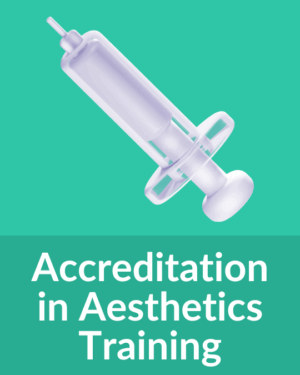Summary The UK Health Security Agency (UKHSA) has raised urgent warnings about botulism linked to unlicensed aesthetic products. Meanwhile, the British Beauty Council has lobbied for new government regulation in the aesthetics sector. This blog explains what these developments mean for practitioners, and why accreditation matters now more than ever. We’ll cover: The latest...

